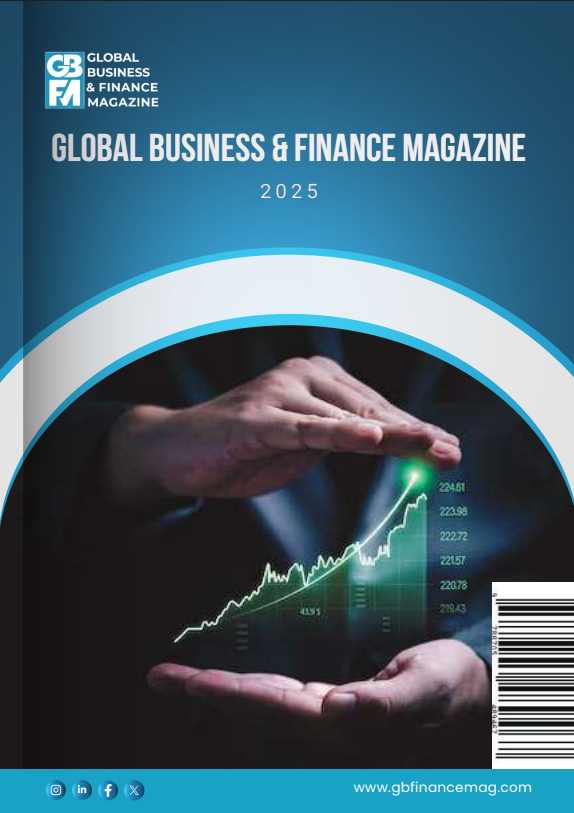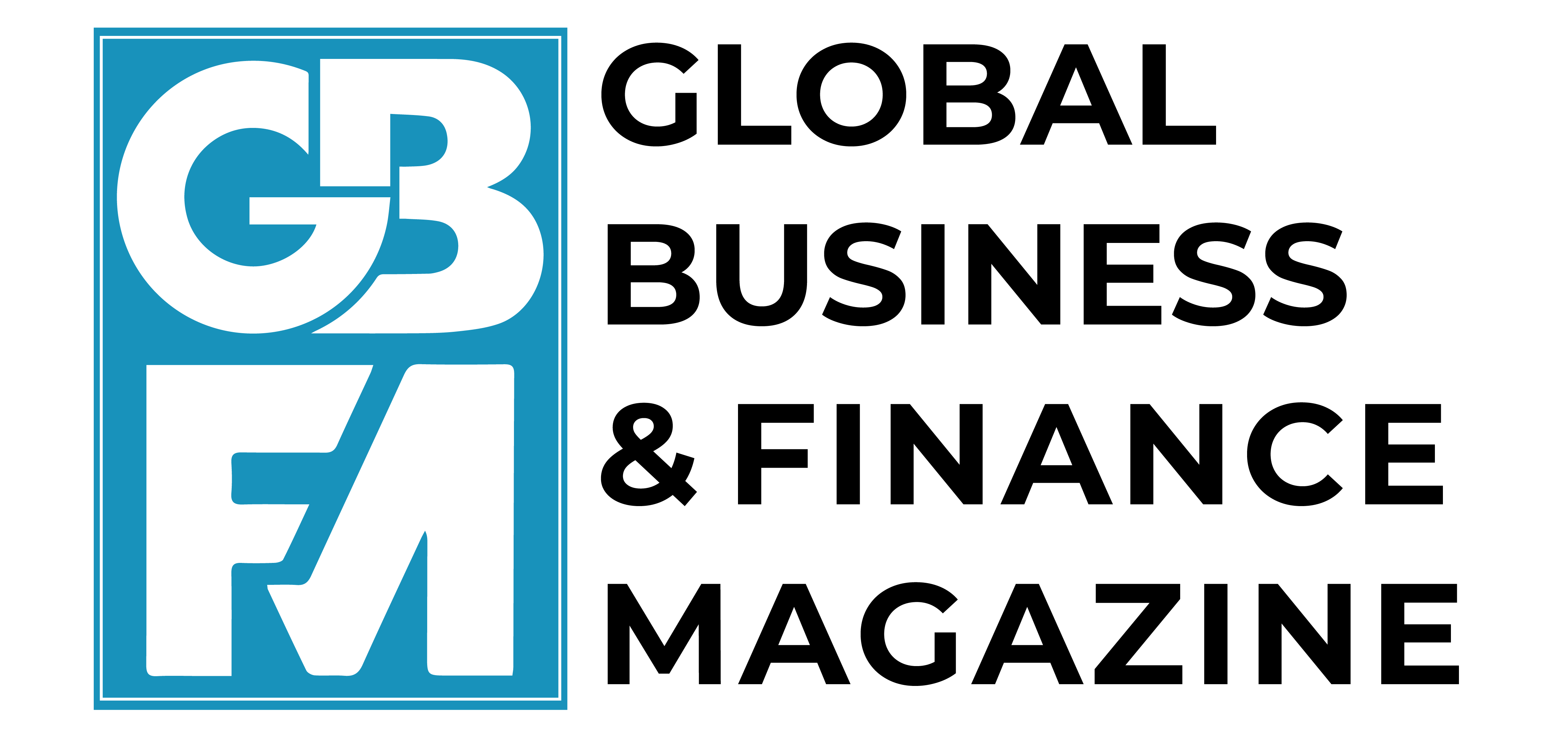The sharp rise in European defence spending – driven by Russia’s full-scale invasion of Ukraine, President Trump’s re-election and the weakening of US security guarantees, and ultimately by revised NATO targets – has increased equity valuations for European defence contractors. This column shows that R&D intensity has been a key determinant of this rally, particularly for companies with higher dual-use revenues. Far from being an endorsement of military spending as a driver of economic growth, the results suggest that financial markets have rewarded military R&D with civilian applications, viewing dual-use innovation as a strategic opportunity to benefit from the cycle in military spending and geopolitical uncertainty.
Over recent years, Europe has significantly ramped up defence spending (see Figure 1), caught between increasing threats from Russia and pressure from the US to increase military expenditure. The pace of European defence expenditures has accelerated significantly since Russia’s full-scale invasion of Ukraine in 2022, as European countries have both supported Kyiv and strengthened their own military capabilities to address years of chronic underinvestment (Lustig 2023).
The re-election of Donald Trump and his administration’s less conciliatory posture towards NATO allies have further pushed European countries to reassess their defence strategies, seeking greater autonomy and reduce reliance on the US (Reuters 2025, Beetsma et al. 2024). On 2 March 2025, at the London Summit on Ukraine, EU countries agreed to form a “coalition of the willing” to maintain support for Ukraine, amid growing doubts about the reliability of US backing. In the same month, the EU unveiled the ReArm Europe/Readiness 2030 plan and Germany announced a large plan to boost infrastructure and defence capabilities (Financial Times 2025).


On 25 June 2025, NATO’s 32 member states pledged to increase national defence spending to 5% of GDP annually by 2035, with 3.5% specifically allocated to core defence expenditures. This historic commitment marks a significant departure from the long-standing 2% benchmark. Importantly, as most NATO members have consistently fallen short of the previous target (Figure 2), meeting the new goal implies more than doubling current outlays.
The EU defence sector and returns from R&D spending
Prospects of increased military spending triggered a sharp rise in the valuations of European defence firms. Up until 2023, the market valuations of European and US defence firms moved broadly in tandem, even after the outbreak of the war in Ukraine. From late 2023, however, European equities began to diverge, with a sharp rally from the end of 2024 fuelled by EU government spending announcements. Between Trump’s re-election in late 2024 and September 2025, the price-to-book (P/B) ratio of EU defence contractors jumped by 125% (versus 17% for their US peers), while their 12-month forward price-earnings (P/E) ratio increased by 91% (against 13% for US firms; Figure 3). Contractors such as Rheinmetall (Germany), Leonardo (Italy), Saab (Sweden), and Rolls-Royce (United Kingdom) have recorded the largest price increases (Figure 4).


While larger purchases of weapons clearly boost defence contractors’ short-term sales and profits, evidence suggests that the economy may also benefit from long-run productivity gains associated with military spending. The war effort supports aggregate demand and can stimulate innovation, but seriously distorts its purposes. The economic benefits are short-lived and do not remove the need to reconvert the economy once a conflict is over; furthermore, conflicts entail severe destruction of infrastructure, diversion of social and human capital, and, above all, loss of human life (Panetta 2025, Schularick, 2024). While producing military equipment does not increase a country’s growth potential, scientific research does, and military investment in research can foster innovation (Ilzetki 2025, Antolin-Diaz and Surico 2025). As public R&D for military applications often generates spillovers to the private sector (Azoulay et al. 2019), defence companies operating in both military and civilian businesses can leverage the same technological capabilities for multiple purposes, ensuring that they retain growth opportunities even if public defence spending declines.
Empirical analysis
In a recent study (Albori et al. forthcoming), we exploit the forward-looking perspective implicit in financial markets data to provide a first gauge of whether the increased spending pledged by EU countries may also generate positive spillovers from dual-use R&D by defence firms.
More precisely, we estimate a set of regressions to explore whether markets have rewarded differently defence firms investing more in R&D, and how this premium depends on their level of dual-use business. We offer a complementary but distinct and more timely analysis compared to papers estimating fiscal multipliers – i.e. the effects on output or productivity of an increase in defence spending (e.g. Ben Zeev et al. 2025).
Unfortunately, disentangling defence firms’ activities between military and non-military segments – particularly their investment and R&D – is extremely difficult, given the limited disclosure of product and strategic innovation information for security reasons. In light of these constraints, we rely on two potential proxies for firms’ engagement in dual-use or civilian business activities:
- We take the complement of the firm’s share of revenues derived from arms sales, as reported in the Stockholm International Peace Research Institute (SIPRI) database, assuming all the remaining revenues are obtained from non-military related businesses.
- We rely on the breakdown of investments across business segments as reported in firms’ annual reports, classifying these segments as civilian or military according to the firms’ own definitions or, secondarily, the LSEG business classification.
We focus on the 12-month forward P/E ratio, the price-to-book ratio, and the 12-month forward earning per share (EPS) ratio as valuation metrics. We split our sample – running from 22 February 2022, following the Russian invasion of Ukraine and up to August 2025, and comprising 43 defence contractors – into two periods: before and after the 2024 election of Donal Trump, as this represented a significant watershed in European countries’ defence spending programmes. Our key measure of interest is research intensity, defined as the amount of R&D spending normalised by firms’ revenues.
To evaluate the marginal effect of R&D intensity on European firms’ valuations, in both periods and at different levels of the share of dual business activities, we specify a regression including all the possible interactions between the time period dummy, a geographic area dummy identifying EU firms, the share of dual-use activity, and research intensity, controlling for firm-level characteristic and macroeconomic data releases in both Europe and the US.
Our analysis shows that R&D spending is a key determinant to explain the increase in EU contractors’ valuations over recent months. For EU defence firms with an average level of dual-use revenues (55%), a one standard deviation increase in R&D intensity is associated with a 43% higher P/E ratio, an 84% higher P/B ratio, and a 34% higher earnings per share in the period following Trump’s election (Figure 5).


We delve into the heterogeneous effects of R&D across different levels of dual-use and find that investors have rewarded the R&D of firms with greater exposure to dual-use applications both before and after Trump’s election, but generally more so in the second period. Similarly to P/E ratio (Figure 6), our other valuation measures also signal that investors tend to penalise R&D in firms focusing exclusively on arms. A rationale for this could be that in peace time, when demand for military items is limited, R&D in highly defence-oriented firms may not pay off. However, following Trump’s election and Europe’s pledge to rearm, the R&D premium awarded by investors has increased for all firms, including for those with the largest arm revenue shares. 1
Conclusions
We show that financial markets have significantly rewarded exposure to R&D in the defence sector, especially for firms with substantial dual-use revenues. We make no claim to identify causal effects – whether of increased military spending or of R&D on firms’ financial performance – but limit our analysis to documenting the strong positive correlation between dual-use R&D and firm valuations.
Our findings should not be interpreted as an endorsement of military spending as a driver of economic growth given that conflicts entail severe destruction of infrastructure, diversion of social and human capital, and, above all, loss of human life. Rather, they suggest that financial markets, during peacetime, reward research and development in defence firms with stronger dual-use potential.
Source : VOXeu



































































